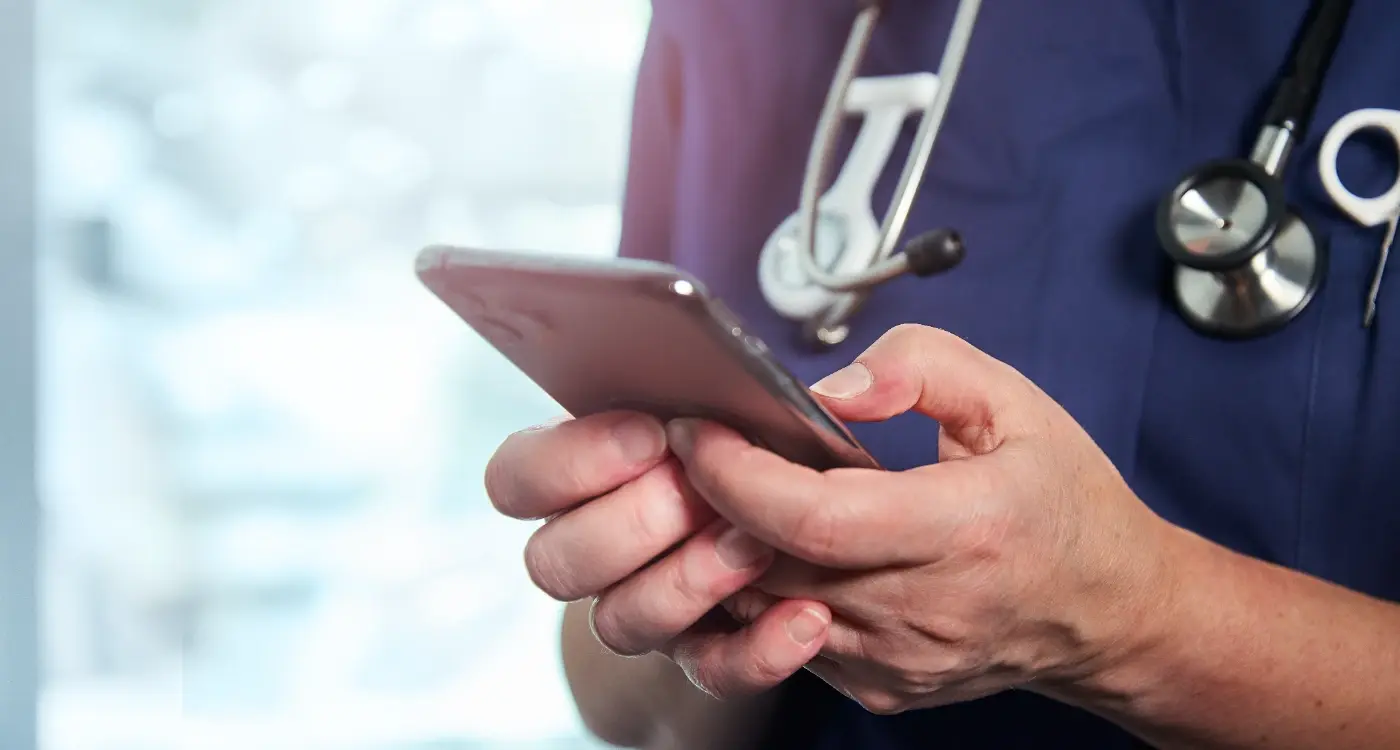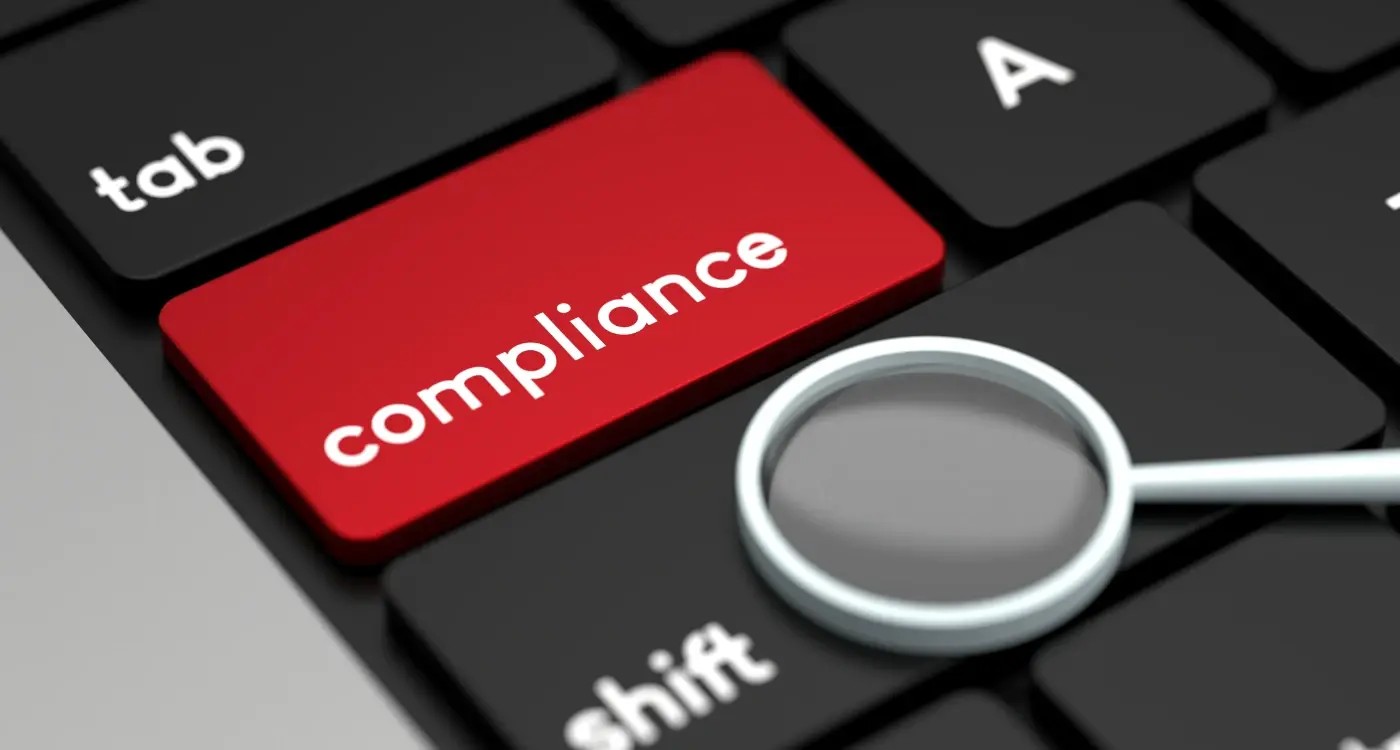How Do I Get My Medical App Approved For The NHS?
You've spent months developing what you believe could be a groundbreaking medical app. The code is clean, the interface is intuitive, and your beta testers love it. But then reality hits—getting NHS approval feels like trying to crack an impossible code. The paperwork seems endless, the requirements are confusing, and frankly, you're not even sure where to start.
Here's the thing about healthcare app development in the UK: building the app is actually the easy part. Getting it approved by the NHS? That's where most developers hit a brick wall. The NHS Digital Technology Assessment process exists for good reason—patient safety comes first, always—but that doesn't make it any less daunting when you're staring at dozens of forms and technical requirements.
The NHS processes thousands of healthcare app submissions each year, but only a fraction make it through the approval process successfully on their first attempt.
I've guided dozens of medical app projects through this process over the years, and I can tell you that success isn't about having the most innovative features or the slickest design. It's about understanding exactly what the NHS needs to see and preparing your application accordingly. The good news? Once you know the roadmap, getting your healthcare app approved becomes much more manageable. This guide will walk you through every step of that journey—from understanding the assessment criteria to submitting your final application. No jargon, no complicated theories, just practical advice from someone who's been there before.
Understanding the NHS App Approval Process
The NHS doesn't just accept any medical app that comes knocking at their door—and for good reason. They've built a proper system called the Digital Technology Assessment Criteria (DTAC) that every app must pass through before it can be recommended to patients and healthcare professionals.
Think of this process as a series of checkpoints that your app needs to clear. Each checkpoint looks at different aspects of your application, from clinical safety to data protection. The NHS wants to make absolutely certain that any app they recommend won't cause harm to patients or waste valuable NHS resources.
The Three Main Assessment Areas
Your medical app will be evaluated across three core areas. Clinical safety comes first—the NHS needs proof that your app won't put patients at risk and that any clinical advice it gives is sound. Next up is effectiveness; they want evidence that your app actually works and delivers the health outcomes it promises. Finally, there's technical assurance, which covers everything from data security to how well your app integrates with existing NHS systems.
What Actually Happens During Assessment
Once you submit your application, it gets assigned to a team of assessors who specialise in digital health technology. These aren't just bureaucrats—they include clinicians, technical experts, and data protection specialists. They'll scrutinise every aspect of your submission, from your clinical evidence to your privacy policies.
The whole process typically takes several months, and it's not unusual for apps to be asked for additional information or clarification. Some applications need to go through multiple rounds of assessment before they get approved. The NHS would rather take their time and get it right than rush through an approval that could put patients at risk.
Meeting Digital Technology Assessment Criteria
The NHS Digital Technology Assessment (DTA) framework is basically a quality control system for healthcare apps. Think of it as the NHS's way of checking that your medical app actually works properly and won't cause any problems for patients or healthcare staff.
The DTA looks at several key areas of your healthcare app. Safety comes first—they need to know your app won't harm patients or give dodgy medical advice. They'll check how your app handles clinical decisions, what happens if something goes wrong, and whether you've thought through all the possible risks. Interoperability is another big one; your app needs to play nicely with existing NHS systems and not create extra work for busy healthcare professionals.
Evidence Requirements
You'll need proper evidence to back up your claims about what your medical app can do. This means real data from real users, not just theoretical benefits you think might happen. The NHS wants to see clinical outcomes, user satisfaction scores, and proof that your app actually improves patient care or makes healthcare delivery more efficient.
Start collecting evidence early in your development process. Don't wait until you're ready to submit your application—gathering meaningful data takes time and multiple iterations.
Technical Standards
Your app must meet specific technical standards for UK healthcare. This includes data standards, security protocols, and accessibility requirements. The good news is that these standards are clearly documented; the challenging part is making sure your development team understands and implements them correctly from the start rather than trying to retrofit them later.
Preparing Your Medical App Documentation
Getting your documentation right is probably the most time-consuming part of the NHS approval process—and trust me, there's quite a bit of it. The NHS Digital team needs to see clear evidence that your app works, that it's safe, and that it meets their standards. This isn't just a quick form you fill out; we're talking about comprehensive documentation that covers every aspect of your app.
Core Documentation Requirements
You'll need to gather several key documents before you can even think about submitting your application. The clinical evidence package is your biggest task here—this shows that your app actually does what it claims to do and that it benefits patients. You'll also need technical documentation that explains how your app works, what data it collects, and how it integrates with existing NHS systems.
Your risk management documentation needs to cover every possible scenario where something could go wrong. What happens if the app crashes during use? How do you handle incorrect data entry? These aren't pleasant things to think about, but the NHS needs to know you've considered them all.
Documentation Checklist
- Clinical evidence and validation studies
- Technical architecture and system specifications
- Risk management and mitigation plans
- Data protection impact assessment
- User manuals and training materials
- Quality management system documentation
- Regulatory compliance certificates
The quality management documentation shows you have proper processes in place for ongoing development and maintenance. Remember, approval isn't just about launching—you need to demonstrate you can maintain standards long-term. Start collecting this documentation early because gathering clinical evidence alone can take months.
Clinical Safety and Risk Management Requirements
When you're developing a healthcare app for NHS approval, clinical safety isn't just a box to tick—it's the foundation that everything else builds upon. The NHS takes patient safety seriously, and rightly so. They need to know that your medical app won't cause harm to patients or healthcare professionals who use it.
The first thing you'll need to understand is the clinical risk management process. This means identifying every possible way your app could affect patient care, both directly and indirectly. Could a software bug lead to incorrect information being displayed? What happens if the app crashes during a critical moment? These aren't pleasant thoughts, but they're necessary ones.
Clinical Safety Documentation
You'll need to create what's called a Clinical Safety Case Report. This document outlines all the risks you've identified and explains how you've addressed each one. It's not enough to simply list the risks—you need to show your working, demonstrate how you've minimised each risk, and prove that the benefits outweigh any remaining dangers.
The NHS expects healthcare apps to meet the same rigorous safety standards as any other medical device used in clinical practice
Ongoing Risk Management
Clinical safety doesn't end when your app launches. You'll need systems in place to monitor your app's performance, collect incident reports, and respond quickly to any safety concerns that arise. The NHS wants to see that you've got robust processes for handling updates, bug fixes, and user feedback. Think of it as your safety net—it needs to be strong enough to catch problems before they reach patients.
Data Protection and Security Standards
When it comes to medical apps, the NHS doesn't mess about with data protection—and neither should you. Patient information is some of the most sensitive data you can handle, so getting your security right isn't just a tick-box exercise; it's the foundation everything else builds on.
Your app needs to meet several key standards before the NHS will even look at it. GDPR compliance is the obvious starting point, but that's just the beginning. You'll also need to demonstrate compliance with the Data Security and Protection Toolkit, which is the NHS's own framework for handling patient data securely.
Core Security Requirements
The technical side can seem overwhelming at first, but breaking it down helps. Your app must use end-to-end encryption for all data transmission—no exceptions. Patient data should be encrypted at rest too, meaning even if someone gets hold of your servers, they can't read the information stored on them.
Authentication is another big one. Multi-factor authentication isn't optional; it's expected. Users need secure login processes, and you need to prove your app can handle identity verification properly.
Documentation You'll Need
The NHS wants to see your security measures documented clearly. This includes your data processing agreements, privacy impact assessments, and incident response procedures. You'll need to show how you handle data breaches—because let's face it, they happen to everyone eventually.
- Data flow diagrams showing how information moves through your system
- Risk assessments covering all potential security vulnerabilities
- Staff training records proving your team knows how to handle sensitive data
- Third-party security audits from recognised certification bodies
- Backup and recovery procedures for patient data
Getting these standards right takes time, but rushing this stage will only cause problems later. The NHS approval process is thorough for good reason—patient safety depends on it.
User Testing and Evidence Collection
Getting your healthcare app approved for the NHS isn't just about ticking boxes—you need real evidence that shows your medical app actually works. The NHS wants to see proper user testing that proves your app helps patients and healthcare professionals do what they need to do.
User testing for UK healthcare apps goes beyond checking if buttons work or screens load properly. You need to demonstrate that real users can complete medical tasks safely and effectively. Think nurses updating patient records, doctors reviewing test results, or patients managing their medications. The NHS needs proof that your app won't cause confusion or mistakes in real healthcare settings.
What Evidence Should You Collect?
Start collecting evidence early in your development process. You'll need data showing how users interact with your app, how long tasks take, and what errors occur. Document everything—screenshots, user feedback, completion rates, and any problems people encounter.
Test your medical app with actual healthcare workers, not just designers or developers. Their feedback will highlight issues you might never spot otherwise.
The type of evidence you collect depends on your app's purpose. Patient-facing apps need different testing than clinical tools used by medical professionals. Record user sessions, measure task completion times, and gather feedback about the user experience.
Building Your Evidence Portfolio
| Evidence Type | What to Include | Why It Matters |
|---|---|---|
| Usability Testing | Task completion rates, error logs, user feedback | Shows the app works in real scenarios |
| Safety Testing | Error handling, data validation, fail-safe testing | Proves patient safety isn't compromised |
| Accessibility Testing | Screen reader compatibility, visual impairment support | Meets NHS accessibility requirements |
Keep detailed records of all testing activities. The NHS reviewers will want to see methodical evidence that your healthcare app has been thoroughly tested with real users in realistic situations.
Submitting Your Application to the NHS
Right, you've done the hard work—documentation is complete, clinical safety assessments are finished, and your evidence is rock solid. Now comes the moment of truth: actually submitting your application to the NHS Digital Technology Assessment Criteria (DTAC) portal.
The submission process happens entirely online through the NHS's official portal. You'll need to create an account if you haven't already, and trust me, give yourself plenty of time for this bit. The system can be a bit clunky, and you don't want to be rushing through forms at the last minute.
What You'll Need to Upload
When you're ready to submit, you'll be asked to upload all your documentation in specific formats. Most files need to be PDFs, and there are size limits for each document type. Here's what the NHS will expect:
- Clinical safety documentation and risk assessments
- Technical security reports and penetration testing results
- User research findings and usability testing evidence
- Data protection impact assessments
- Quality management system certificates
- Commercial information and pricing details
Once submitted, you'll receive an acknowledgement email within a few working days. The actual review process typically takes 12-16 weeks, though complex applications can take longer. During this time, the assessment team might come back with questions or requests for additional information—this is completely normal and doesn't mean your application is in trouble.
After Submission
Keep an eye on your email and the portal for updates. If assessors need clarification on anything, respond quickly and thoroughly. The quicker you can provide additional information, the faster your application will progress through the system.
Conclusion
Getting your healthcare app approved for the NHS isn't a quick process—but it's absolutely worth the effort. Throughout this guide, we've walked through each step that stands between your medical app and NHS approval, from understanding the Digital Technology Assessment criteria to collecting the right evidence and submitting a bulletproof application.
The NHS approval process exists for good reasons; patient safety comes first, data protection can't be compromised, and clinical effectiveness needs proper evidence. These aren't hurdles put in place to make life difficult—they're there to protect patients and make sure only the best healthcare apps make it through.
What I've learned from working with healthcare clients over the years is that preparation makes all the difference. The apps that get approved are the ones where teams have done their homework early. They've built clinical safety into their development process from day one, not bolted it on at the end. They've collected user feedback and evidence throughout development; they've worked with data protection experts to get their security right from the start.
Your medical app could genuinely help thousands of NHS patients—but only if it meets the standards we've covered in this guide. Take your time with each requirement, get expert help where you need it, and don't rush the process. The UK healthcare system needs innovative apps, but it needs them to be safe, secure, and effective above all else.
Share this
Subscribe To Our Learning Centre
You May Also Like
These Related Guides

How Can Developers Streamline Healthcare App Regulations?

What Insurance Do I Need for a Healthcare App Business?



